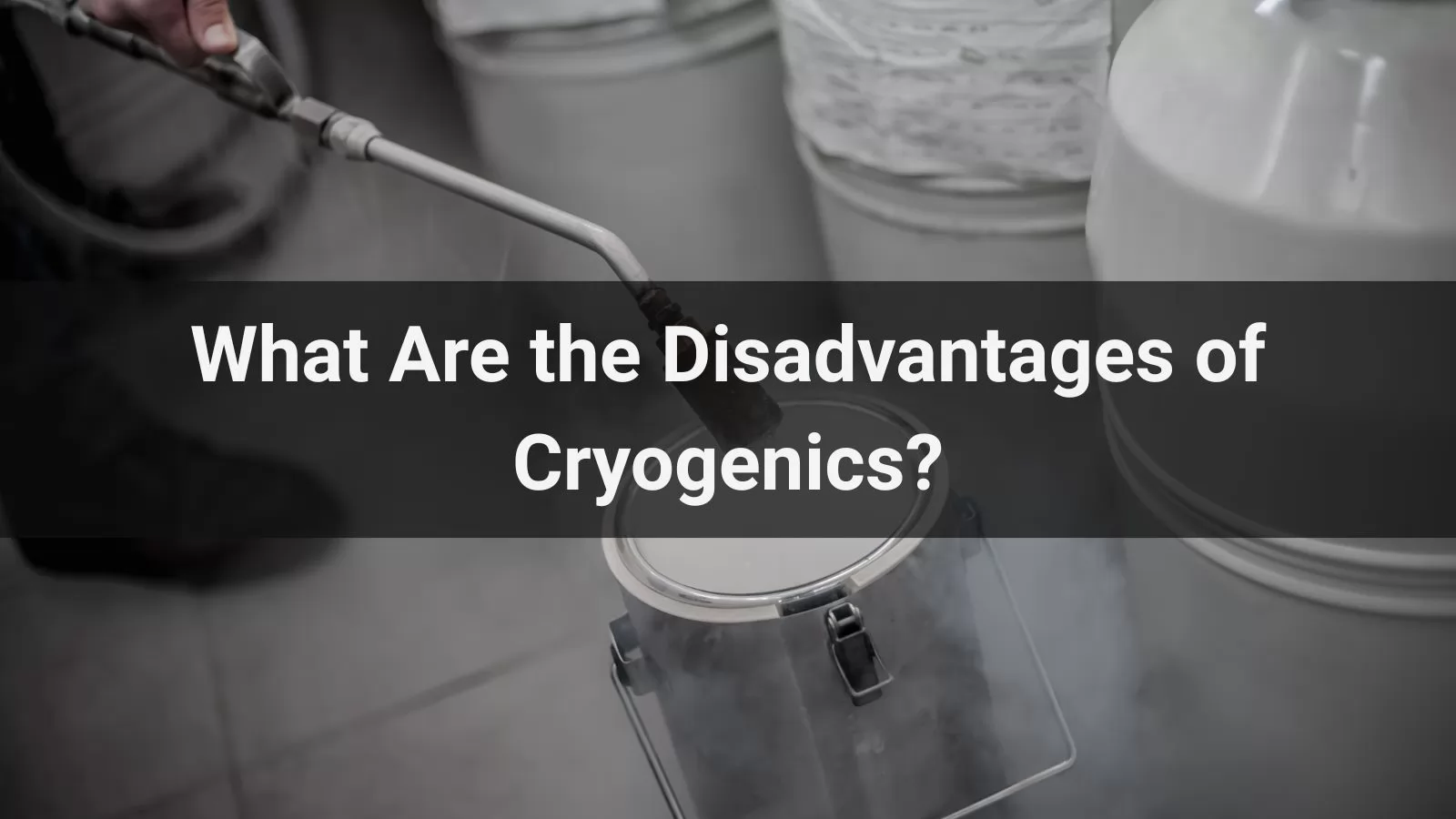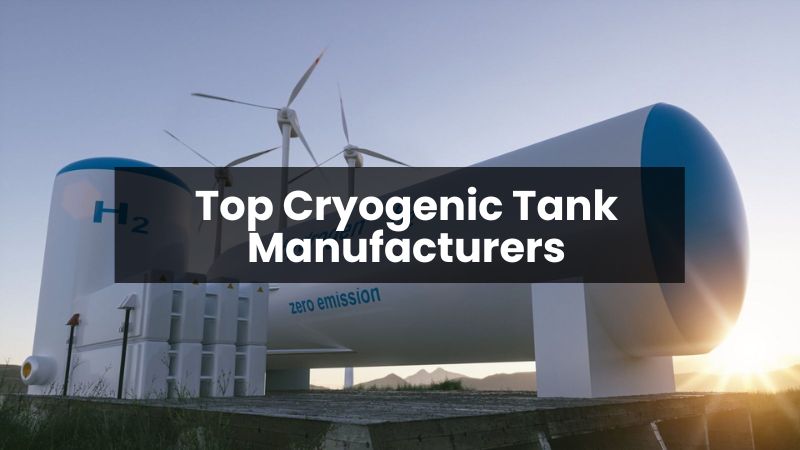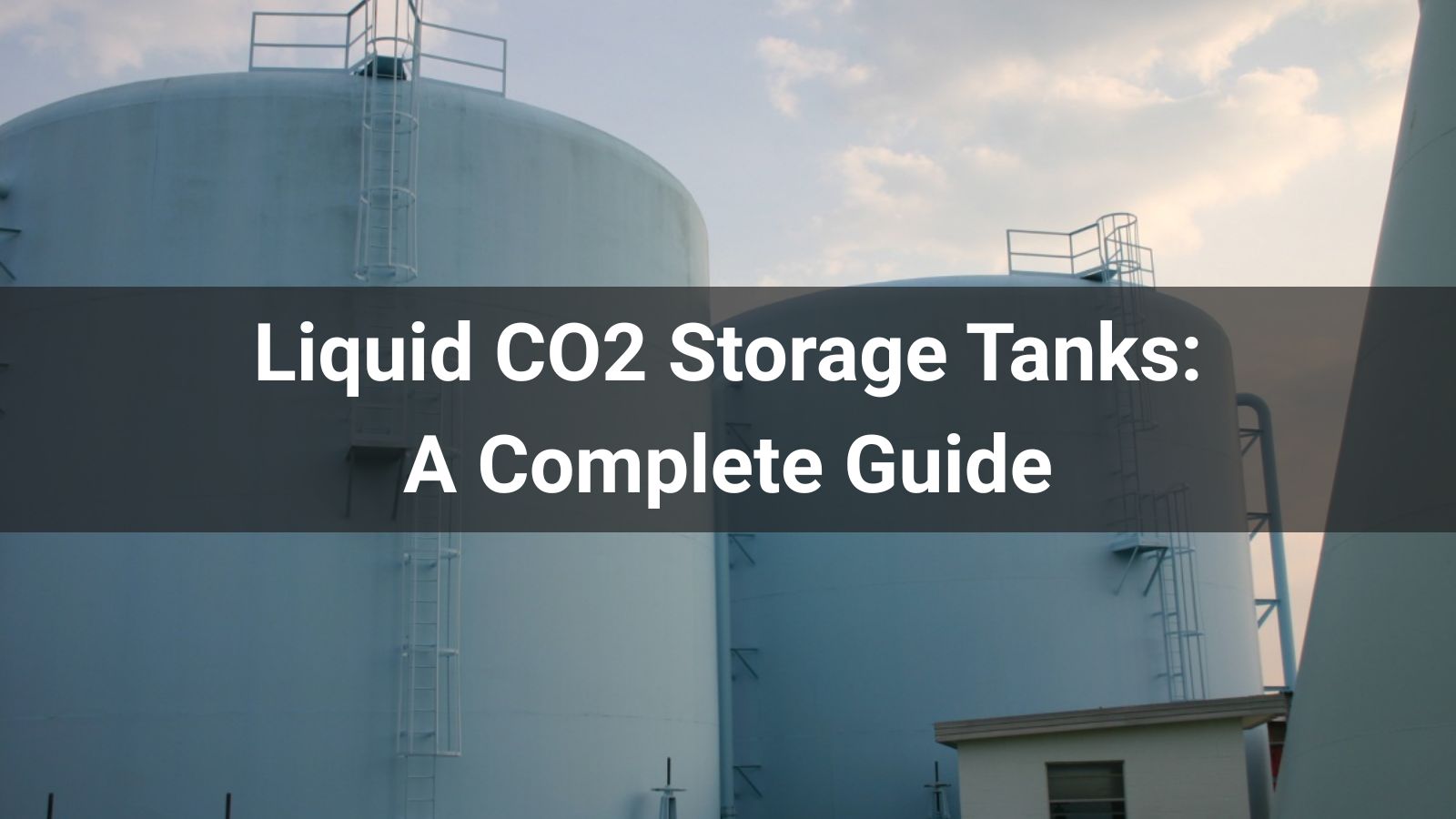






Cryogenics, the science of producing and managing extremely low temperatures, has revolutionized industries ranging from aerospace to healthcare. Its applications are critical for liquefied natural gas (LNG) storage, superconducting materials, and advanced medical preservation. However, while cryogenic technology offers immense benefits, it also comes with challenges that industries cannot ignore.
From enabling safe LNG transport to supporting superconducting magnets in MRI machines, cryogenics has become a backbone for modern engineering and scientific advancements. Companies like CryoTech manufacture advanced cryogenic tanks, ISO containers, and specialized pumps that meet strict international standards. Yet, these breakthroughs come at a cost — both operational and environmental.
Cryogenic systems require substantial investment in both installation and operation. Specialized compressors, vacuum-insulated storage tanks, and temperature control systems contribute to high capital and maintenance expenses.
Handling cryogenic materials demands purpose-built facilities with reinforced insulation, pressure control mechanisms, and safety monitoring systems. This infrastructure is not only costly but also space-intensive.
Producing and maintaining cryogenic temperatures consumes large amounts of energy. For example, LNG liquefaction processes can account for significant CO₂ emissions if not managed with energy-efficient technologies.
Metals and seals exposed to ultra-low temperatures can become brittle, leading to cracks, leaks, or sudden failures. Long-term exposure to such conditions accelerates wear and shortens equipment lifespan.
Liquid nitrogen, LNG, and other cryogens pose severe safety risks. Direct contact can cause instant frostbite, while leaks in enclosed areas can displace oxygen, creating asphyxiation hazards. In worst cases, improper venting can lead to explosions.
Maintaining cryogenic equipment often requires skilled technicians, specialized tools, and planned shutdowns, all of which increase downtime and operational disruption.
LNG carriers must maintain cargo at around -162°C, requiring massive insulation and constant temperature control. Any failure in the system can result in product loss, safety hazards, or regulatory violations. CryoTech’s LNG storage and transportation solutions integrate advanced insulation technology and leak-prevention mechanisms, helping operators minimize these risks while optimizing efficiency.
While cryogenics has undeniable advantages, understanding its disadvantages allows operators to take proactive measures. Through robust design, regular maintenance, and adherence to safety standards, many of the risks can be mitigated. CryoTech’s product line — including cryogenic storage tanks, trailers, and ISO containers — is engineered to meet global safety and efficiency standards, reducing operational risks while maintaining high performance.
Cryogenics is indispensable in many sectors, but its challenges — from high operational costs to safety hazards — require careful planning and advanced engineering. Partnering with a reliable supplier like CryoTech ensures access to cutting-edge technology designed to overcome these limitations, enabling businesses to fully harness the power of cryogenics.
Key risks include frostbite, asphyxiation, equipment failure, and explosions due to improper handling or storage of cryogenic liquids.
By using high-efficiency liquefaction systems, renewable energy sources, and advanced insulation technologies, operators can reduce energy consumption and greenhouse gas emissions.
Yes — when the application demands extreme low temperatures for safety, preservation, or performance. The benefits often outweigh the costs if paired with reliable equipment and strong maintenance practices.



![Top 10 Cryogenic Companies in USA[2025 Updated]](/statics/images/right.png)
![Top 10 Cryogenic Companies in USA[2025 Updated]](/uploads/202508/bannerlist_1756363009_WNo_800d450.jpg)



